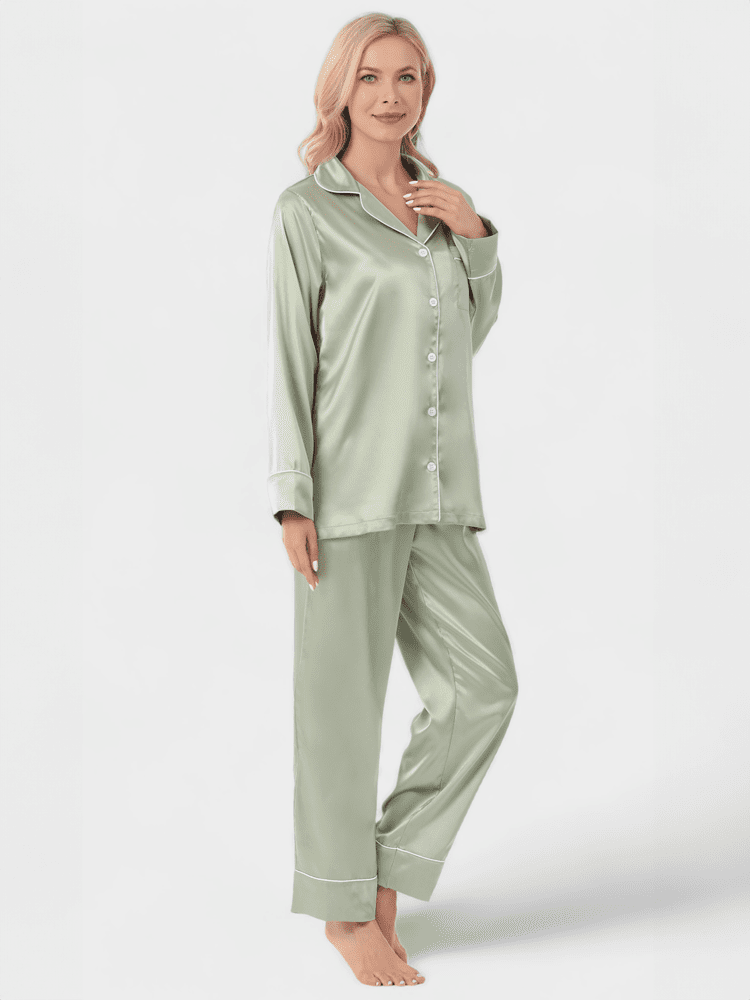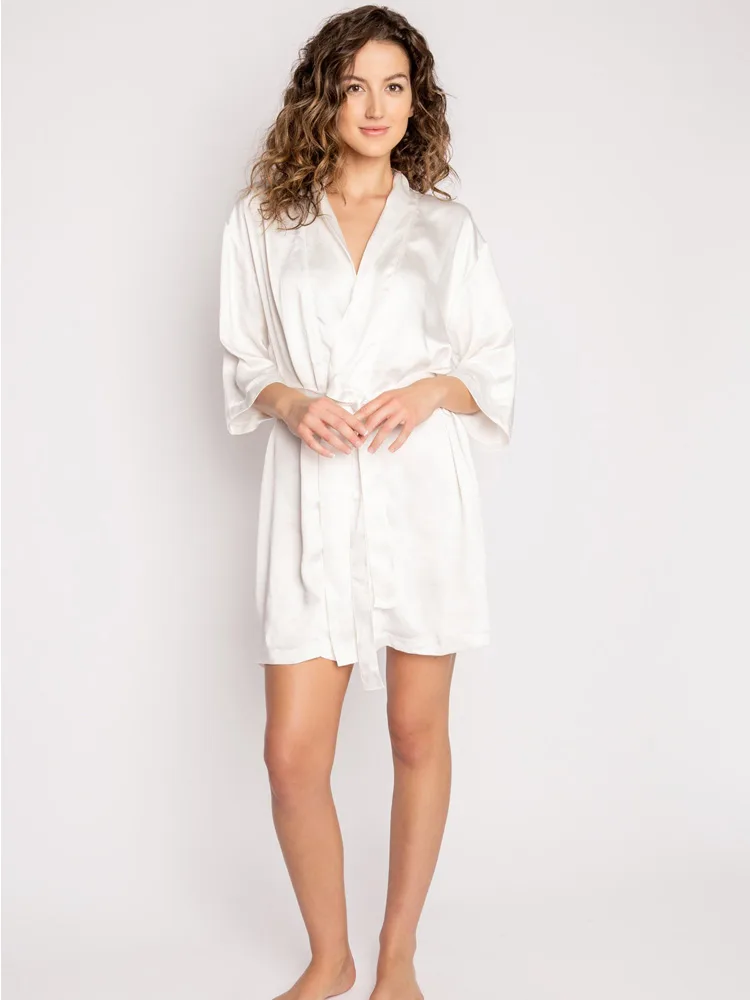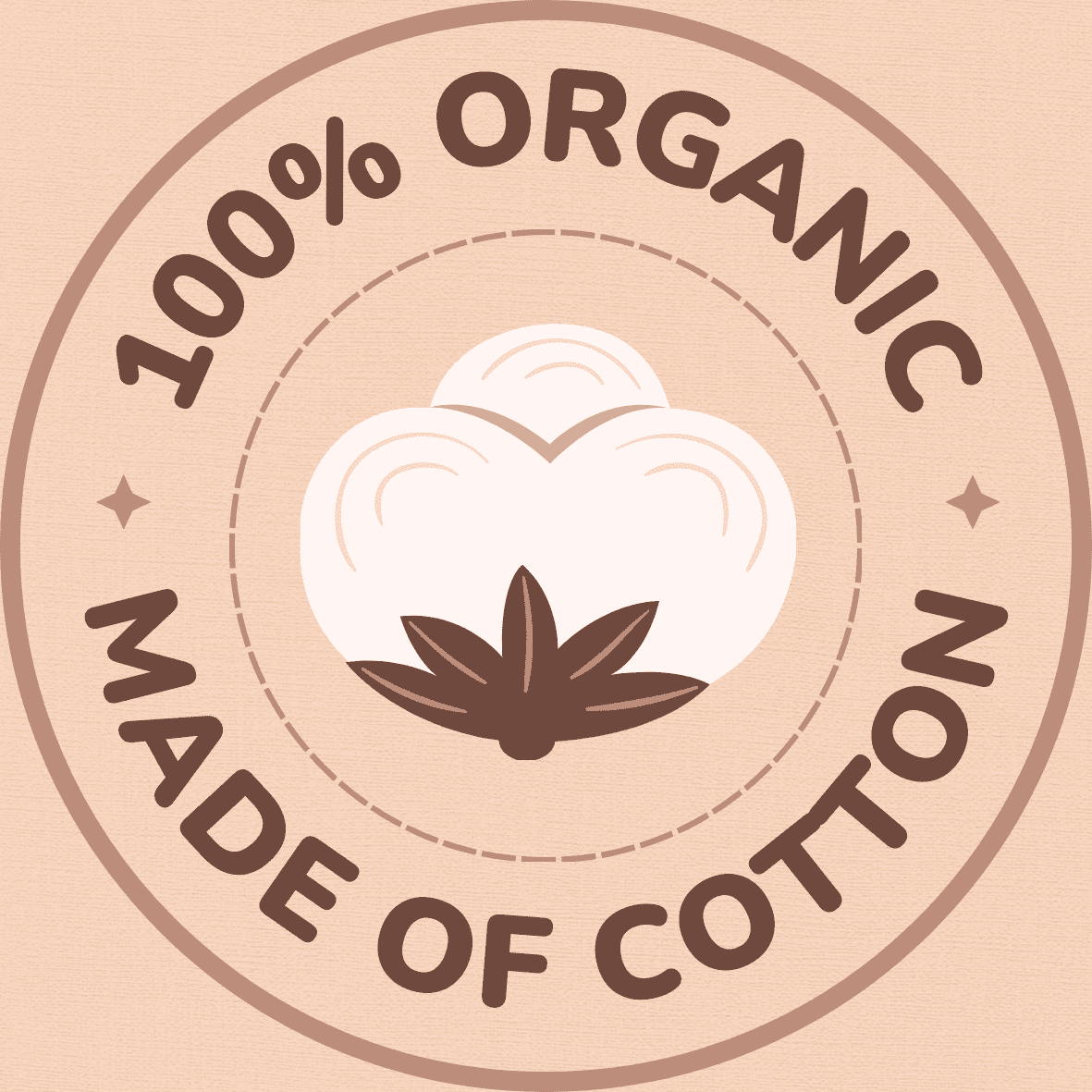Indulge in luxury and elegance with satin and silk fabrics, understanding their characteristics and choosing the perfect fabric for your needs.
Silk: A Royal Fabric

Silk has long been regarded as a fabric fit for royalty. Its luxurious and smooth texture sets it apart from other materials, making it a favorite among those seeking a regal experience. Satin, on the other hand, is often seen as a sensuous alternative to silk, boasting a similar lustrous appearance. Although both silk and satin offer a touch of elegance, there are certain factors that differentiate the two.
When comparing silk and satin, one of the key aspects to consider is their comfort level, especially when it comes to sleepwear. Silk pajamas have become synonymous with decadence and comfort. The natural properties of silk make it exceptionally soft and breathable, providing a cool and comfortable night’s sleep. Satin, on the other hand, though it may be smooth and shiny, can sometimes lack the same breathability as silk. Therefore, if comfort is a top priority, opting for silk pajamas would be the ideal choice.
Satin: The Sensuous Alternative

Satin is often regarded as the sensuous alternative to silk. While both fabrics are known for their luxurious feel and smooth texture, there are some important distinctions to be made. One key difference lies in the fabric composition. Silk is a natural fiber, derived from silkworms through a meticulous process of extraction and weaving. On the other hand, satin can be made from different materials, including silk, but also from synthetic fibers such as polyester. This means that when comparing silk vs satin, there can be variations in their qualities and characteristics.
Polyester satin, for instance, is a popular alternative to silk satin due to its affordability and durability. It offers a lustrous finish and a soft touch, similar to silk satin. However, some may argue that it lacks the natural breathability and luxuriousness of silk satin. Silk satin, being a natural fiber, possesses unique properties such as hypoallergenic qualities and the ability to regulate body temperature. When it comes to choosing between polyester satin vs silk, it ultimately depends on personal preference and the desired level of luxury. Nevertheless, both fabrics have their own allure and are widely used in the fashion and interior design industries.
The History of Silk
Silk, a luxurious and coveted fabric, has a rich history dating back thousands of years. Its origins can be traced to ancient China, where silk production was a closely guarded secret for centuries. The Silk Road, a vast network of trade routes, played a crucial role in spreading the knowledge of silk production across Asia and eventually to the rest of the world. Silk was highly valued for its exquisite luster, smooth texture, and lightness, making it a popular choice for clothing, bedding, and even artwork. Even today, satin polyester vs silk discussions arouse curiosity, as the two fabrics are often compared for their distinct qualities.
The use of silk extended beyond mere clothing as it had a significant impact on global trade and cultural exchange. Silk became a symbol of wealth and status, reflecting the social hierarchy of many ancient civilizations. The demand for silk grew exponentially, leading to the establishment of silk production centers and the development of advanced techniques to cultivate silkworms and extract their silk fibers. As time went on, silk became more accessible to the general population, not just the elite, enabling people to experience the indulgence of sleeping in satin pajamas or adorning themselves with silky garments. The history of silk exhibits the long-lasting influence of this remarkable fabric on the world’s economy, fashion, and cultural heritage.
The History of Satin
Satin, a luxurious and sensuous fabric, has a rich history that dates back centuries. Its origins can be traced to ancient China, where it was initially made from silk threads. Known for its smooth, shiny surface and distinct weave pattern, satin quickly gained popularity among the elite and was considered a symbol of wealth and privilege.
Unlike silk, which is derived from the silkworm’s cocoon, satin can also be made from synthetic fibers, such as polyester. This key difference between silk and polyester gives satin fabric a wider range of affordability and accessibility. While silk is known for its natural luster and breathability, satin offers a sleek and glossy appearance while retaining a soft and supple feel. Therefore, satin’s popularity transcends socio-economic boundaries, making it a desirable choice for various applications, from clothing and accessories to home decor.
Fabric Composition: Silk vs Satin
Silk and satin are two luxurious fabrics used in the fashion and textile industry. While both are known for their smooth and shiny appearance, they differ significantly in terms of composition. Mulberry silk, also known as traditional silk, is made from the natural fibers of the silkworm cocoon. It is considered the finest and most sought-after type of silk due to its lustrous texture and durability. On the other hand, satin is a fabric that can be made from a variety of materials like silk, polyester, or nylon. While silk satin is highly prized for its refined elegance, it is important to note that not all satins are made from silk.
When it comes to fabric composition, mulberry silk stands out for its natural properties. The fine fibers of mulberry silk make it breathable and hypoallergenic, ensuring comfort and health benefits for those with sensitive skin. Its ability to regulate body temperature is another notable feature, keeping the wearer cool in summer and warm in winter. In contrast, satin can be synthetic or blended with other materials. Although this fabric provides a luxurious sheen and a soft touch, it may not offer the same benefits as pure silk. The choice between mulberry silk and satin ultimately depends on personal preference and the desired qualities in a fabric.
The Manufacturing Process of Silk
The first step in the manufacturing process of silk is the cultivation of silkworms. These silkworms are fed exclusively on the leaves of mulberry trees, as they provide the highest quality silk. Once the silkworms have consumed enough mulberry leaves, they start spinning cocoons made of a single thread of raw silk. This process is carefully monitored, as the quality of the silk depends on the health and diet of the silkworms.
After the silkworms have completed their cocoons, the next step in the process is the extraction of the silk thread. The cocoons are carefully boiled in water to separate the silk thread from the cocoon. Each cocoon can yield up to a mile of silk thread, depending on the type of silk being produced. It is then carefully collected and spun together to form silk yarn, which is ready to be used for weaving or knitting. The manufacturing process of silk requires expertise and precision to ensure the production of high-quality silk products.
The Manufacturing Process of Satin

Satin, a luxurious and sensuous fabric, undergoes a meticulous manufacturing process to achieve its distinctive characteristics. To begin, the process starts with the selection of high-quality fibers, like silk, polyester, or nylon. These fibers are carefully sorted to remove any impurities or defects. Once the fibers are prepared, they are spun into yarn through various spinning techniques. This step ensures that the yarn is smooth, strong, and uniform in thickness. The yarn is then dyed using vibrant and long-lasting colors to enhance the beauty of the finished satin fabric.
Once the yarn is dyed, it goes through the weaving process. Satin fabric is woven using a special weaving technique called the satin weave. Unlike other weaving techniques, the satin weave allows the warp yarns (lengthwise threads) to float over several weft yarns (crosswise threads). This technique creates a smooth, glossy surface on one side of the fabric, known as the “face” side, while the other side, known as the “back” side, has a duller appearance. The number and density of floaters in the satin weave determine the luster, weight, and drape of the fabric. After the woven fabric is inspected for any imperfections, it is carefully finished. This involves removing any loose threads or snags and applying any necessary treatments, such as water repellency or flame retardancy, depending on the intended use of the fabric.
Durability and Longevity: Silk vs Satin
Silk and satin are both luxurious and elegant fabrics that have been cherished for centuries. When it comes to comparing their durability and longevity, however, there are some distinct differences to consider. Let’s start with silk, a natural fiber produced by silk worms. Silk is known for its strength and durability, often lasting for several years with proper care. Its naturally smooth texture also helps to minimize friction, reducing the risk of wear and tear. However, silk is a delicate fabric that requires special handling and maintenance to ensure its long lifespan. Proper cleaning and storage techniques, including gentle hand washing and avoiding direct sunlight, are essential to preserve the integrity of silk garments and furnishings.
On the other hand, satin, while also admired for its luxurious feel and lustrous appearance, is made from a variety of materials including silk, polyester, and nylon. This synthetic blend gives satin a different level of durability compared to pure silk. Satin may not be as resilient as silk when it comes to wear and tear, but it still offers good longevity, especially when cared for appropriately. Since satin can be made from different fibers, it’s important to check the care instructions provided by the manufacturer to ensure proper maintenance. Overall, satin is a versatile fabric that can withstand everyday use and still maintain its aesthetic appeal.
FAQs
What is the difference between silk and satin?
Silk and satin are both types of fabric, but they differ in their composition. Silk is a natural fiber, while satin can be made from a variety of materials, including silk, polyester, or nylon.
Is silk more durable than satin?
Generally, silk is considered to be more durable than satin. Silk fibers are known for their strength and resilience, whereas satin, especially if made from synthetic materials, may be less durable and prone to snagging or tearing.
How long does silk fabric typically last?
With proper care, silk fabric can last for many years. It is a highly durable fabric that can withstand regular wear and tear, making it a long-lasting investment.
Does satin fabric have a shorter lifespan compared to silk?
Satin fabric, especially if made from synthetic materials like polyester, may have a shorter lifespan compared to silk. Synthetic satin is more prone to pilling, fraying, and losing its luster over time.
Can silk withstand regular washing and drying?
Silk should be handled with care when it comes to washing. It is recommended to hand wash silk garments or use a delicate cycle on your washing machine. Avoid using harsh detergents and opt for a mild silk detergent. Silk should be air-dried or dried on a low heat setting to prevent damage.
Is satin easier to care for compared to silk?
Yes, satin is generally easier to care for compared to silk. Satin can often be machine-washed and dried without requiring special care instructions. However, always refer to the specific care instructions provided by the manufacturer.
Can silk or satin fabric withstand frequent use?
Silk fabric is renowned for its ability to withstand frequent use. It is a durable fabric that can maintain its quality even with regular wear. Satin, on the other hand, may be less resilient and show signs of wear and tear more quickly, especially if made from synthetic materials.
Can I expect silk or satin bedding to last for a long time?
Silk bedding, with its natural durability, is known to last for a long time with proper care. Satin bedding, especially if made from synthetic materials, may not have the same longevity and may require replacement sooner.
Which fabric is more suitable for high-traffic areas like upholstery?
Silk is generally more suitable for high-traffic areas like upholstery due to its durability. Satin, particularly if made from synthetic materials, may not withstand the same level of wear and tear.
Are silk and satin fabrics resistant to wrinkles?
Silk and satin fabrics can both be prone to wrinkling. However, silk has a natural ability to bounce back and smooth out wrinkles when properly cared for. Satin, especially if made from synthetic materials, may require more frequent ironing or steaming to remove wrinkles.




